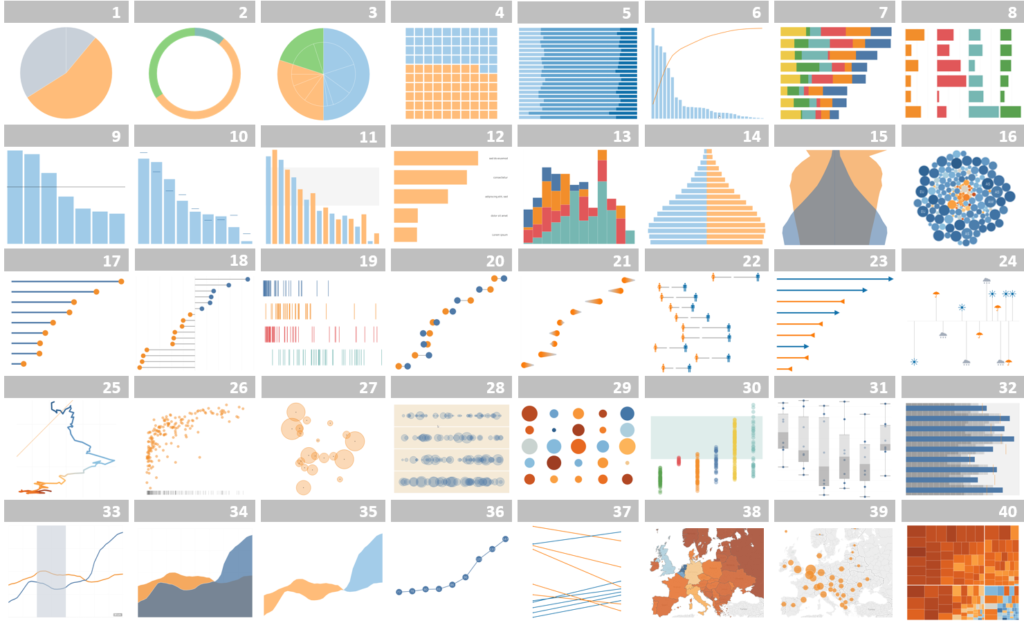Free eBooks for Beginners
Excel charts are an essential tool for data analysts to present information and insights from a large set of data in a visual and easy-to-understand format. One popular type of chart used for summarizing data is the Histogram Chart.
A Histogram Chart is a type of bar graph that represents the distribution of a set of numerical data by grouping it into ranges or bins. This allows you to see how frequently certain values occur within a dataset. It provides a quick visual representation of the distribution of the data and the frequency of specific values.
To create a Histogram Chart in Excel, you start by selecting the data you want to use and then going to the Insert tab and choosing the Histogram Chart option. You will then need to set up the bins, which are the ranges of data that you want to group the values into.
Excel automatically calculates the bin width and creates a bar for each bin, with the height of the bar representing the number of values that fall into that bin. You can adjust the bin width to get a more detailed or broad view of the data, depending on what you are trying to convey.
The bars in a Histogram Chart should have no space between them, as the bins are meant to represent ranges of values, not individual values. This helps to emphasize the distribution of the data and to make it easier to identify patterns and trends.
In addition to showing the distribution of the data, Histogram Charts can also be used to detect outliers, or values that are significantly different from the rest of the data. Outliers can have a big impact on the overall distribution of the data, so it is important to identify them and understand their impact.
In conclusion, Histogram Charts are a valuable tool for data analysts to visually represent the distribution of a set of numerical data. They allow you to see the frequency of specific values and to detect outliers, making it easy to identify patterns and trends in the data and to make informed decisions based on the information presented.
Excel Charts for Data Analyst : Tutorial 13 – Histogram Chart
 Loading...
Loading...
Disclaimer: The information and code presented within this recipe/tutorial is only for educational and coaching purposes for beginners and developers. Anyone can practice and apply the recipe/tutorial presented here, but the reader is taking full responsibility for his/her actions. The author (content curator) of this recipe (code / program) has made every effort to ensure the accuracy of the information was correct at time of publication. The author (content curator) does not assume and hereby disclaims any liability to any party for any loss, damage, or disruption caused by errors or omissions, whether such errors or omissions result from accident, negligence, or any other cause. The information presented here could also be found in public knowledge domains.
